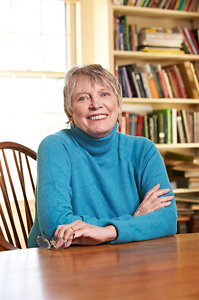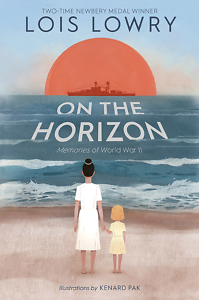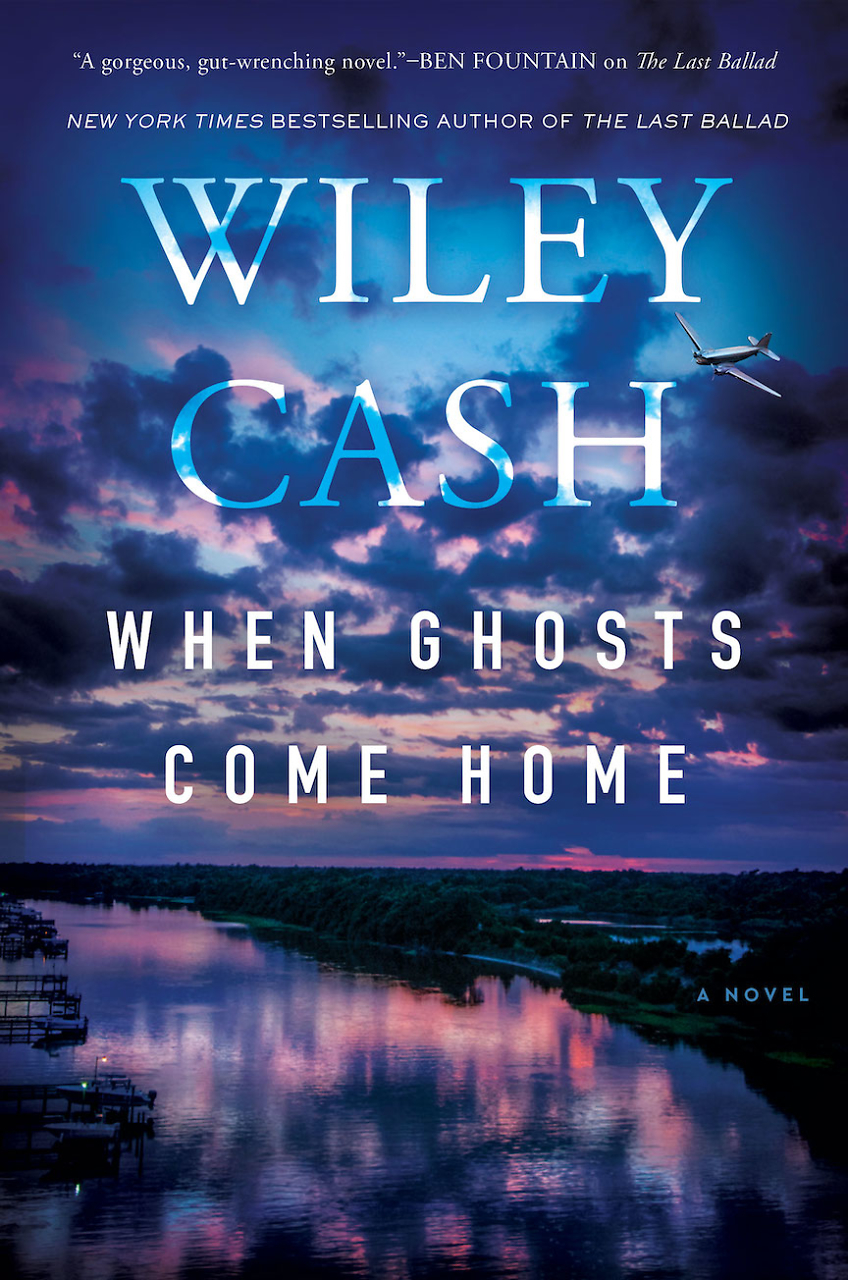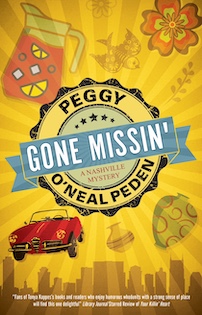A Meditation on Memory
Newbery Medalist Lois Lowry explores human connectedness in On the Horizon
Lois Lowry has been writing for children and young adults for nearly 45 years. She’s published more than 40 books and has twice won the distinguished Newbery Medal, but her achievements haven’t dulled her interest in trying new things. At nearly 83, she has written her first book in verse. On the Horizon, illustrated by Kenard Pak, tells stories of Lowry’s childhood, as well as of real people whose lives were lost in the World War II bombings of Pearl Harbor and Hiroshima — all in lovingly wrought poetry.

Lowry was born in Honolulu in 1937, and decades later, in one of her family’s home movies, a friend spotted the U.S.S. Arizona passing by 3-year-old Lowry as she played on the beach in Waikiki. This footage was filmed approximately one year before Japanese planes bombed Pearl Harbor on December 7, 1941. It was partly this discovery — “Now, years later,” Lowry writes in the book, the footage seems “holy” — that prompted the first section (“On the Horizon”) of this three-part book, in which Lowry recalls her childhood and pays tribute to the sailors who died in Honolulu on that infamous day.
The book’s second section, “Another Horizon,” looks to Hiroshima on the morning of August 6, 1945, when an American plane dropped an atomic bomb, killing tens of thousands of people. The final section, “Beyond the Horizons,” features poems about Lowry’s childhood years in Tokyo, where she began living at age 11.
In each part of the book, Lowry’s spare, powerful poems gradually narrow in scope to paint vivid pictures of some of the individuals who died in Pearl Harbor and Hiroshima. It’s the haunting specifics of their stories that will linger in readers’ minds. In “On the Horizon,” she writes of George and Jimmie Bromley, who were brothers from Tacoma, Washington, serving on the U.S.S. Arizona on that horrific day: “They found George Bromley’s body,” Lowry writes. “Not Jimmie’s, though.” The Naval Academy ring of Captain Isaac Campbell Kidd, commanding officer of the Arizona, “was found melted and fused to the mast.” The 21 young men of the Arizona’s Navy Band Unit 22 all died that day, Lowry writes: “Their job was to pass ammunition / to the gunners. But the black powder exploded. / Twenty-one young men, prepared / for morning colors. Not one was spared.”
 In “Another Horizon,” we read about Shinichi Tetsutani in Hiroshima, riding his red tricycle on the morning of the bombing: “When his parents found him, / he was still gripping the / handlebar.” Another child of Hiroshima, Chieko Suetomo, survived but later found the Shirley Temple doll her father had brought her from America charred by the destructive power of the bomb.
In “Another Horizon,” we read about Shinichi Tetsutani in Hiroshima, riding his red tricycle on the morning of the bombing: “When his parents found him, / he was still gripping the / handlebar.” Another child of Hiroshima, Chieko Suetomo, survived but later found the Shirley Temple doll her father had brought her from America charred by the destructive power of the bomb.
Lowry employs a variety of forms, such as free verse, triolet, and haiku, and some entries are labelled as such for the young readers to whom the book is directed. She writes with a lyricism both precise and eloquent, establishing commonalities between the people on the opposing sides of the war. In a closing author’s note, Lowry makes this point explicitly, stating that she aims to “acknowledge our connectedness on this earth.”
This connectedness is strikingly illustrated in “Beyond the Horizons,” where Lowry writes of a remarkable coincidence. One day during her time in Tokyo, she rode her bike past a school. She stopped to look at the children beyond the fence and locked eyes with a boy. This was the extent of their interaction, and Lowry as a child wondered why it seemed “wrong” for them to speak and attempt a friendship. Many decades later in America, she met the boy again (when “he was gray-haired’) — Caldecott Medalist Allen Say — and the two of them struck up a tight-knit friendship, realizing their paths had wordlessly crossed in post-war Tokyo. In the book’s closing poem, she writes, “We could not be friends. Not then. Not yet. / Until the cloud dispersed and cleared, / we needed time to mend, forget.”
Despite its sobering subject matter, this sensitive and deeply empathetic offering from an author not afraid to take chances with new forms sings with hope. It is not just about the ravages of war and a tribute to lives lost; it’s a meditation on memory that is altogether unforgettable.
[Read an interview with Lois Lowry here.]

Julie Danielson, co-author of Wild Things! Acts of Mischief in Children’s Literature, writes about picture books for Kirkus Reviews, BookPage, and The Horn Book. She lives in Murfreesboro and blogs at Seven Impossible Things Before Breakfast.


